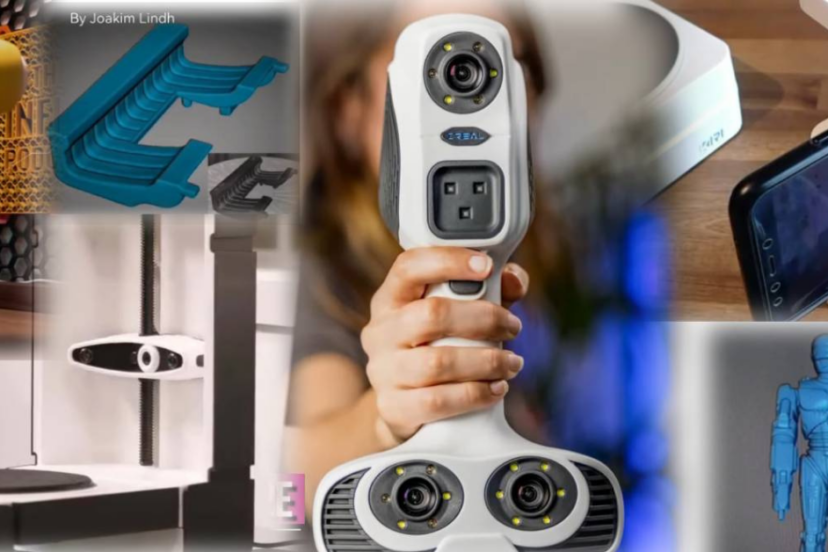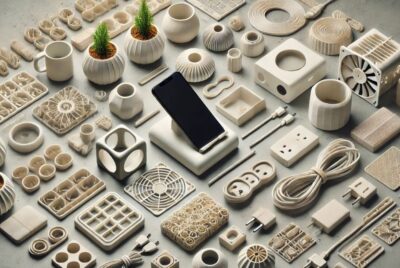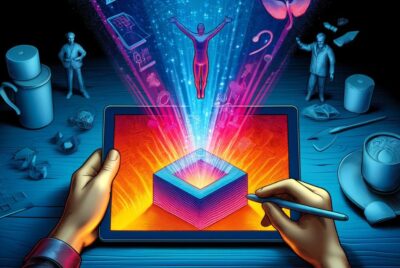3D Scanning: Exploring the World of Digital Replication
As an enthusiastic 3D printing enthusiast and advisor, I have always been captivated by the wonders of 3D scanning. Being able to capture real-world objects and transform them into digital models has opened up a world of possibilities for designers, engineers, and creators alike. In this article, I will take you on a journey through the realm of 3D scanning, exploring various technologies, techniques, applications, and troubleshooting tips. So, let’s dive in and uncover this fascinating world!
Overview of 3D Scanning Technologies: Laser, Structured Light, etc.
To understand the magic behind 3D scanning, it’s crucial to grasp the different technologies that make it possible. There are several methods commonly used in this type of scanning, including laser scanning, structured light scanning, and photogrammetry.
Laser scanning employs the use of laser beams to measure the distance to an object, creating a point cloud representation. On the other hand, structured light scanning projects a pattern of light onto the object and analyzes the distortions to determine its shape.
Photogrammetry, a technique that utilizes multiple photographs taken from different angles, is another popular method used in scanning.
Techniques for Capturing Objects Using 3D Scanners
When it comes to capturing objects using 3D scanners, various techniques can be employed, depending on the desired outcome and the properties of the object. Single-shot scanning is suitable for smaller objects with intricate details, where a single scan captures the entire object. Multi-shot scanning, on the other hand, involves capturing the object from different angles and then stitching the scans together to form a complete 3D model. Additionally, rotational scanning is used for objects that have a cylindrical or rotational symmetry, where the object is rotated while being scanned to capture all sides.
Processing and Optimizing 3D Scan Data for Printing
After capturing the object using a 3D scanner, the resulting data needs to be processed and optimized for 3D printing. This typically involves several steps, including point cloud processing, mesh generation, and surface refinement. Point cloud processing involves removing any unwanted data points or noise and converting the point cloud into a usable format. Mesh generation then creates a connected mesh from the point cloud, forming a surface representation of the object. Finally, surface refinement is performed to smoothen the model, repair any imperfections, and optimize it for the 3D printing process.
Applications of 3D Scanning in Reverse Engineering and Replication
One of the most significant advantages of 3D scanning is its applications in reverse engineering and replication. In the automotive industry, 3D scanning allows engineers to accurately capture complex parts and components, enabling them to create digital models for analysis and reproduction. Similarly, in fields such as archaeology and cultural preservation, 3D scanning plays a crucial role in documenting and preserving artifacts, enabling researchers to study and replicate them without risking damage to the original objects.
Additionally, in the medical field, it is utilized for creating patient-specific models for surgical planning, prosthetics, and custom implants.
Troubleshooting Common Issues in the 3D Scanning Process
Like any technological process, 3D scanning can encounter some common issues that may hamper the quality of the scans. Calibration errors, for example, can lead to inaccuracies in the measurements and distortions in the final model. Alignment issues may arise when multiple scans need to be aligned properly to create a complete model. Furthermore, noise and artifacts, such as reflections or shadows, can affect the overall quality of the scan. Understanding these common issues and knowing how to address them is crucial for obtaining accurate and reliable 3D scan data.
Comparing Portable and Stationary 3D Scanners
When it comes to choosing a 3D scanner, you will often come across portable and stationary options. Portable scanners offer the advantage of mobility and flexibility, allowing you to scan objects on-site or in various locations. They are particularly useful for capturing large objects or environments. On the other hand, stationary scanners provide higher accuracy and precision, making them suitable for capturing smaller objects or detailed surfaces. When deciding between the two, it is important to consider your specific needs, budget, and the level of accuracy required for your projects.
Suggestions for Using 3D Scanning in 3D Printing
Now that we have explored the various aspects of 3D scanning, let’s discuss how it can be effectively used in conjunction with 3D printing. One of the key applications is quality assessment and inspection, where 3D scanning can be used to validate the printed objects against the digital models, ensuring accuracy and identifying any discrepancies. Additionally, 3D scanning allows for design customization and modification, where existing objects can be scanned and modified digitally before being printed. Lastly, 3D scanning plays a vital role in prototyping and rapid manufacturing, enabling faster iteration and production of complex parts.
Conclusion
3D scanning opens up a world of possibilities for digital replication and innovation. From capturing real-world objects with precision to reverse engineering and replication, the applications are vast and varied. By understanding the different technologies, techniques, and troubleshooting tips, you can harness the power of 3D scanning to enhance your 3D printing projects. So, embrace the wonders of 3D scanning, let your creativity soar, and unlock new realms of digital manufacturing.
FAQs
- What types of objects can be scanned using 3D scanners?
3D scanners can capture a wide range of objects, including small intricate items, large structures, human bodies, and even natural landscapes. - Is 3D scanning a time-consuming process?
The time required for 3D scanning depends on factors such as the complexity and size of the object being scanned. While simple objects can be scanned quickly, larger and more intricate objects may require more time. - Can 3D scanning be used for large-scale objects?
Yes, 3D scanning can be used for large-scale objects such as buildings, sculptures, or industrial equipment. Portable scanners are particularly suitable for capturing such objects. - Are portable scanners as accurate as stationary scanners?
Portable scanners provide good accuracy, but stationary scanners generally offer higher precision and accuracy due to their fixed setup and specialized hardware. - What software is commonly used for processing 3D scan data?
There are several popular software options for processing 3D scan data, including MeshLab, Autodesk ReCap, and Geomagic Wrap, among others. The choice of software depends on the specific requirements and preferences of the user.




